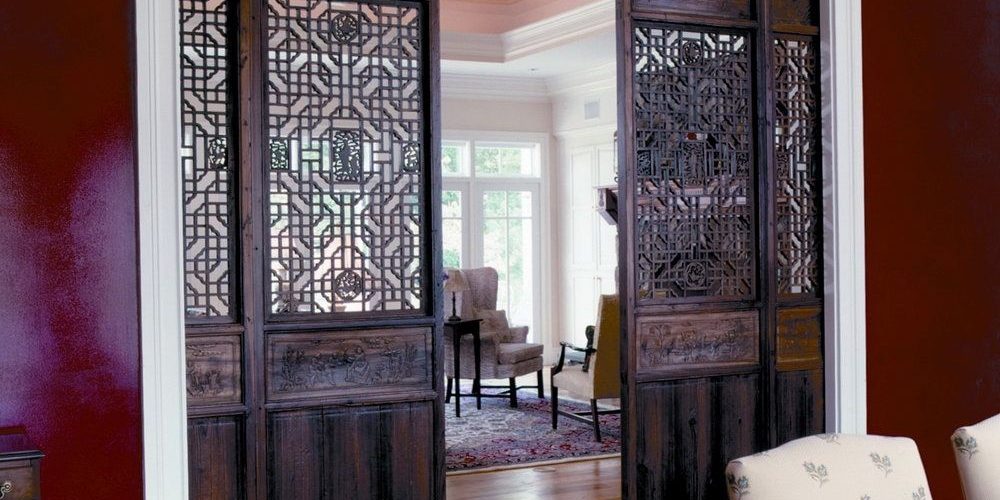Closet doors are a functional part of a room. They conceal– clothing, shoes, linens, tools, foods etc,– from casual view. Decorative closet doors take functionality a step further; they add personality, style and beauty to a room. There are several things to consider when choosing a decorative closet door. First, consider the size of the closet. Is it a standard closet or it is the length of an entire wall? Location, will the decorative door be used in an adult’s room or a child’s? What will be stored in the closet? Answering these questions can help a homeowner decide which decorative door to use.
Decorative doors like other interior doors are available in three styles—hinged, sliding and bi-fold. There is another style, the multi-fold but it is generally considered a variation of the bi-fold. Each door has its own characteristics and benefits.
Hinged doors are used with closets that have a standard opening. Decorative hinged doors can be made of solid wood, hollow wood, glass, aluminum or a combination of materials. When considering a wood hinged door, consider what will be stored there. Clothing and shoes should be stored in closets with a source of ventilation. Solid wood, hollow wood and glass doors do not allow the closet to breathe. For that reason a louvered wooden, aluminum or wood/glass combination might be a better choice. Louvered doors have movable or fixed slanted fins. The fins allow a flow of air into the closet that helps eliminate the build-up of odors or mold.
Decorative hinged doors made of glass are a popular option for pantries and home gyms. They serve as room dividers while allowing light in the room. Another important factor in choosing to use a decorative hinged door is space—hinged doors require more space than sliding or bi-fold doors.
If considering a hinged decorative door in a child’s room, keep safety in mind. A glass door may put a child at risk.
Sliding doors or pocket doors are decorative doors used to maximize limited space. Sold in sets of two, the doors slide on a rolling track suspended from the top of the door frame and must be hung perfectly to move freely. When open, one door slides behind the other. Decorative sliding doors are typically made of louvered wood or aluminum. Another option is mirrors. Mirrored sliding doors can be functional, serving as a full-length mirror in the bedroom. They are also beneficial as a decorating tool making a small room appear larger than it really is. They give a room a sleek contemporary look.
Bi-fold decorative doors are hands-down the most popular door type used today. They can be used with standard sized closets or wall-length closets. Like sliding doors, they are beneficial as space savers. Bi-fold doors are typically made of wood, aluminum or a wood/glass combination. They can be solid or louvered; however mirrors are not a good match for the bi-fold design. Like the sliding door, bi-folds are sold in sets of two. They are mounted on hinges which fold next to each other and open in the shape of a V.
A variation of the bi-fold decorative door is the multi-fold door. Multi-folds are used with wall-length closets and can be installed in groups of up to three sets. Care should be taken when considering a bi-fold or multi-fold decorative door in a child’s room. The accordion action intrigues small children and little hands can get pinched in the hinged openings.
Whether hinged, sliding or bi-fold, decorative closet doors are designed to add beauty and value to a home. Closet size, location and items being stored are factors to be considered when choosing a decorative door. The characteristics and benefits of each door type can help in the decision making process but in the end, it’s a personal choice.
Related Posts



